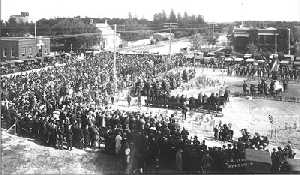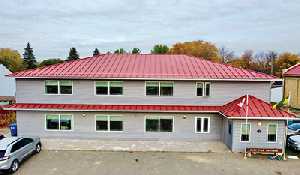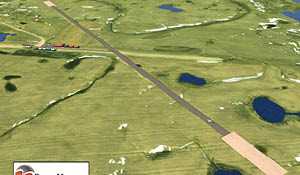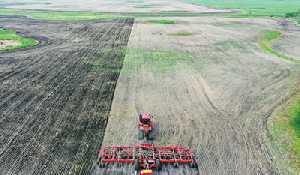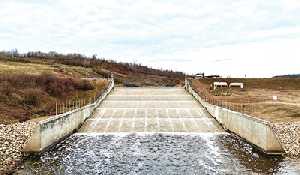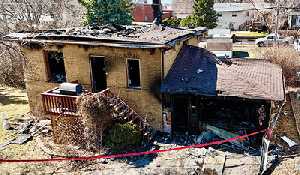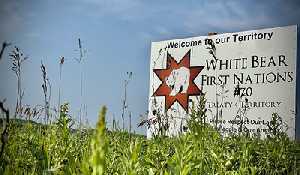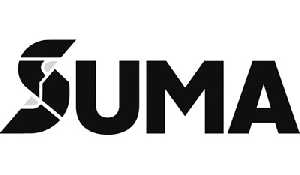Enbridge Line 3 could have big impact on area
December 6, 2016, 2:07 am
Kevin Weedmark
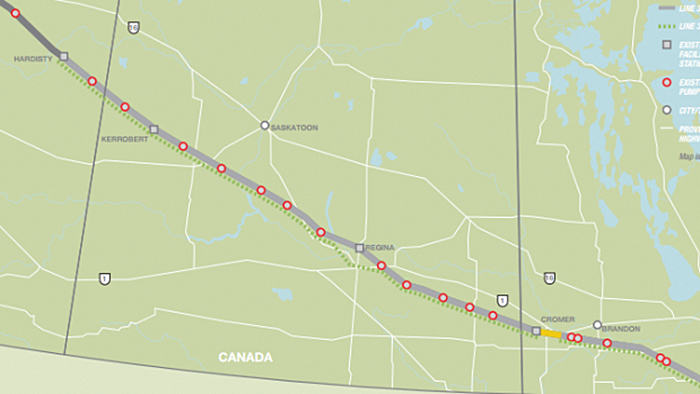

Ottawa gave the green light to Kinder Morgan’s Trans Mountain pipeline and Enbridge’s Line 3 Replacement, while it rejected the Northern Gateway Pipeline.
Line 3 runs from Hardisty, Alberta, cuts across southeast Saskatchewan and southwest Manitoba, and runs to Superior, Wisconsin.
The $7.5 billion replacement plan is to replace the 50-year-old pipeline with a new line
Line 3 is presently operating at about half capacity after the company voluntarily reduced pressure because of reliability concerns. Enbridge says the replacement pipeline will restore the original capacity, which was 760,000 barrels of oil per day, compared to the current 360,000.
In making the announcement Tuesday, Prime Minister Justin Trudeau said oil production is increasing, and current pipeline infrastructure will soon be at capacity.
“The decision we took today is the one that is in the best interests of Canada,” he said. “More oil is going to be transported by rail if we don’t build pipelines. That is less economic, and more dangerous for communities, and is higher in terms of greenhouse gas emissions than modern pipelines would be.”
The Line 3 replacement project would be a significant construction project in southeast Saskatchewan and southwest Manitoba.
While pipe is stockpiled at Fairlight in anticipation of the Line 3 construction going ahead, Todd Nogier of Enbridge said the Canadian approval doesn’t necessarily mean the project will go ahead immediately.
Line 3 runs across the Prairies and continues into the United States. American approval is still pending and, unlike the Canadian system, is not based on a specific timeframe. “While we have received approval today for the Canadian portion of the pipeline, we still require regulatory approval for the U.S. portion,” said Nogier. “What we’re doing is aligning the construction schedules to ensure that both sides are done in a timely fashion.
“We don’t have any specifics at this point in time on when construction will begin on the Canadian portion of the line or specific to your area, but we still are focused on a 2019 in-service date. At this stage unfortunately we don’t have the clarity on when construction would begin, given the regulatory process in the U.S.”
What timeline is the regulatory process in the U.S. on?
“It’s undetermined at this moment,” says Nogier. “We’re winding our way through the process at the moment. There isn’t a lot of clarity on exactly how long it will take. It’s a situation where it will take as long as it takes. We’re following through with that process now.”
Could the Canadian replacement move forward if the American work isn’t approved?
“I don’t think we’ve made a decision on that,” said Nogier. “We’re still hopeful that we will get a timely approval in the U.S. so we can move forward on beginning work on both sides of the border. At this stage we just don’t have that kind of clarity.”
The Line 3 expansion project would take 24 to 36 months to complete.
At $7.5 billion, Enbridge’s Line 3 Replacement Program will be one of North America’s largest pipeline infrastructure programs.
According to Enbridge, the program will create thousands of jobs, generate hundreds of millions of dollars in tax revenue, and contribute billions to the GDP of Canada and the United States via direct, indirect, and induced benefits.
Over the approximately three years it will take to replace Line 3, about 44,400 temporary full-time equivalent jobs will be created—25,900 in Canada and 18,500 in the U.S. This includes:
• 24,275 direct jobs in Canada and the U.S.;
• 10,958 indirect jobs in Canada and the U.S.;
• 9,183 induced jobs in Canada and the U.S.
Labour income generated is estimated at $1.828 billion in Canada and $848 million in the U.S.
Economic modelling predicts that the project will result in estimated tax revenues worth $514 million to Canadian federal and provincial governments, and $300 million to U.S. federal and state governments during the construction phase.
Four provinces and three states will directly benefit from this project.
The Line 3 Replacement Program will contribute $2.873 billion of GDP generated in Canada, and a further $1.2 billion generated in the U.S. through the design and construction phases.
The impact on the Saskatchewan economy is estimated at $1.065 billion, and on Manitoba is estimated at $391 million.
According to Enbridge, local economies will benefit from the Line 3 Replacement Program through additional employment opportunities and spinoffs for goods and services required to support construction and ongoing operations. Enbridge says the project will also stimulate local economies through the purchase of goods and services from local retailers and suppliers of accommodation and food for workers.
The other pipeline approval announced last week will take oil to the West Coast for export.
Trans Mountain expansion project will nearly triple the capacity of an existing pipeline to 890,000 barrels a day.
The $6.8-billion, 1,150-kilometre twinned pipeline will move a mix of oil products from Edmonton to a terminal in Burnaby, B.C., near Vancouver, where it will be exported to markets in Asia, as well as to Chevron’s Vancouver-area refinery.
“If I thought this project was unsafe for the B.C. coast, I would reject it. This is a decision based on rigorous debate on science and evidence. We have not been, and will not be swayed by political arguments, be they local, regional or national,” the prime minister told reporters.
“We have made this decision, we are convinced that it is safe for B.C., and it is the right one for Canada. It is a major win for Canadian workers, for Canadian families and the Canadian economy, now and into the future.”
Many First Nations, including 39 in B.C. and Alberta, have signed “mutual benefit agreements” with the project’s proponent, U.S.-based Kinder Morgan. Those deals will deliver money and jobs to First Nations communities. The company also told CBC News in a statement that it has reached agreements with all First Nations communities where the project crosses a reserve.
Kinder Morgan forecasts the expansion will create 15,000 jobs a year during construction, and a further 37,000 direct and indirect jobs for every year of operation. It also estimates expanded operations will deliver an additional $46.7 billion in government revenues for all levels of government in the first 20 years. The bulk of that money, $19.4 billion, would flow to Alberta.
Construction of the expansion is slated to begin next September, with a tentative start date of December 2019.


